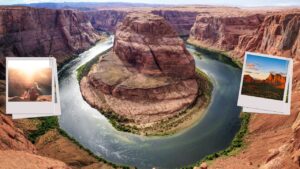These 10 unique places to visit in Arizona will take you off the beaten path and into the heart of the unexpected.
Most people picture Arizona through the lens of its iconic landmarks — the towering Grand Canyon, the mystical red rocks of Sedona, or the cinematic spires of Monument Valley. But Arizona hides so much more. Venture beyond these well-trodden sites and visiting hidden places brimming with natural beauty, fascinating history, and unexpected charm. Visiting experimental desert cities, hike to surreal rock formations, or step into caves steeped in ghostly legends. Arizona invites curious travelers to discover the extraordinary in the places most have never heard of.
1. Arcosanti – The Urban Laboratory in the Desert
Just 70 miles north of Phoenix, Arcosanti stands as a living experiment. Visionary architect Paolo Soleri designed it in the 1970s to embody “arcology,” blending architecture with ecology. He built a sustainable model city where humans live in harmony with the environment—without waste or urban sprawl.
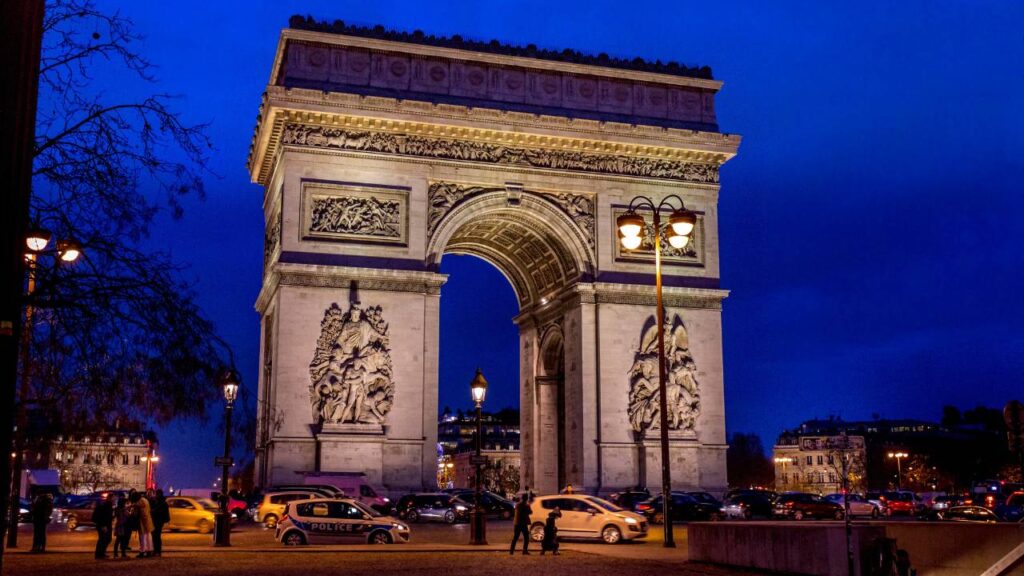
Today, visitors visiting its futuristic buildings, stay in eco-lodges, and join hands-on workshops focused on sustainability. The bronze bell foundry, which funds the community, captivates tourists with its artistry. Set against a dramatic desert landscape, Arcosanti transports you into a sci-fi world brought to life.
2. Tonto Natural Bridge – The World’s Largest Travertine Bridge
Drive 10 miles north of Payson, and you’ll find Tonto Natural Bridge—a jaw-dropping structure millions of years in the making. Water from a mineral spring gradually built layers of travertine, forming a 400-foot-long and 183-foot-high natural bridge.

Visitors hike into the gorge, feel the cool mist from dripping water, and marvel at this massive formation from beneath. Surrounded by greenery and waterfalls, the state park offers a refreshing contrast to Arizona’s desert heat.
3. The Wave Cave – A Natural Rock Formation with a Surprising Shape
Tucked into the Superstition Mountains, the Wave Cave draws adventurers with its ocean-like sandstone wave. Hikers tackle a 3-mile round trip, finishing with a steep climb.
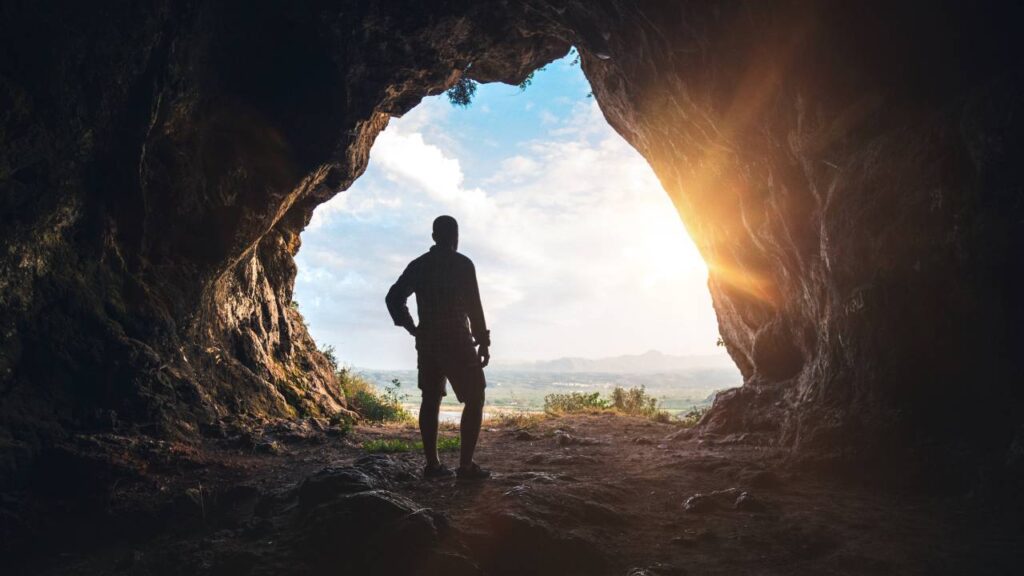
Once inside, the unique wave-shaped rock provides a striking photo backdrop, especially during golden hours. The trail remains relatively unknown and unregulated, offering a peaceful, off-the-radar experience in the wild.
4. Chiricahua National Monument – The Land of Standing Rocks
In southeastern Arizona, near the New Mexico border, Chiricahua National Monument showcases towering stone spires and balanced rocks formed by ancient volcanic eruptions. Hikers venture through over 17 miles of trails, encountering surreal landscapes on paths like Echo Canyon and Heart of Rocks.
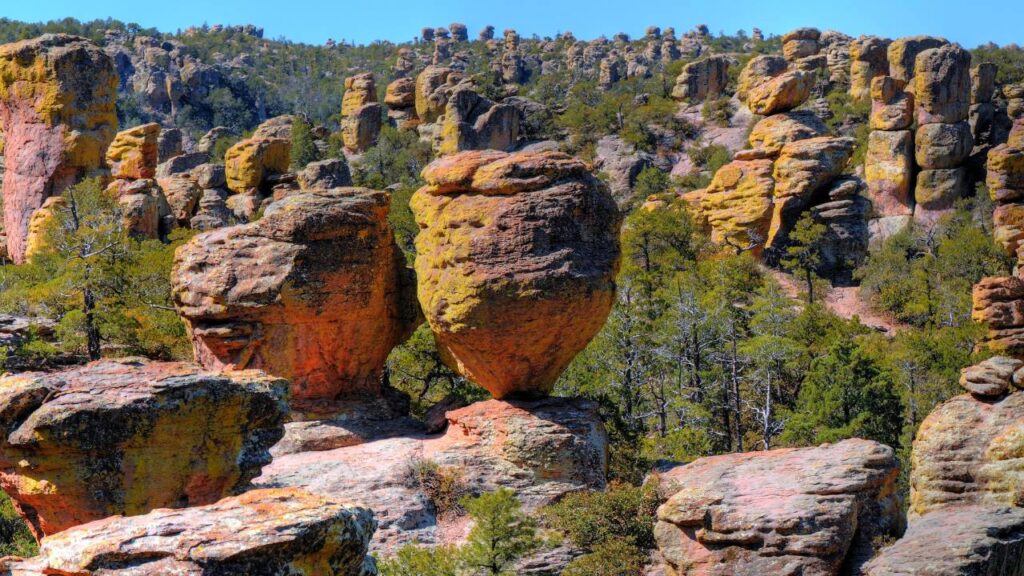
Wildlife roams freely here—coatimundis, deer, even black bears. With few crowds and deep historical roots in Apache culture and Buffalo Soldier history, the park offers both natural and cultural enrichment.
5. Biosphere 2 – A Self-Sustaining Earth Replica
Just outside Oracle, Biosphere 2 lets you step into a sealed world built in the late 1980s to simulate Earth’s ecosystems. Scientists once lived inside for up to two years to test if humans could survive in self-contained environments—perhaps even on Mars.
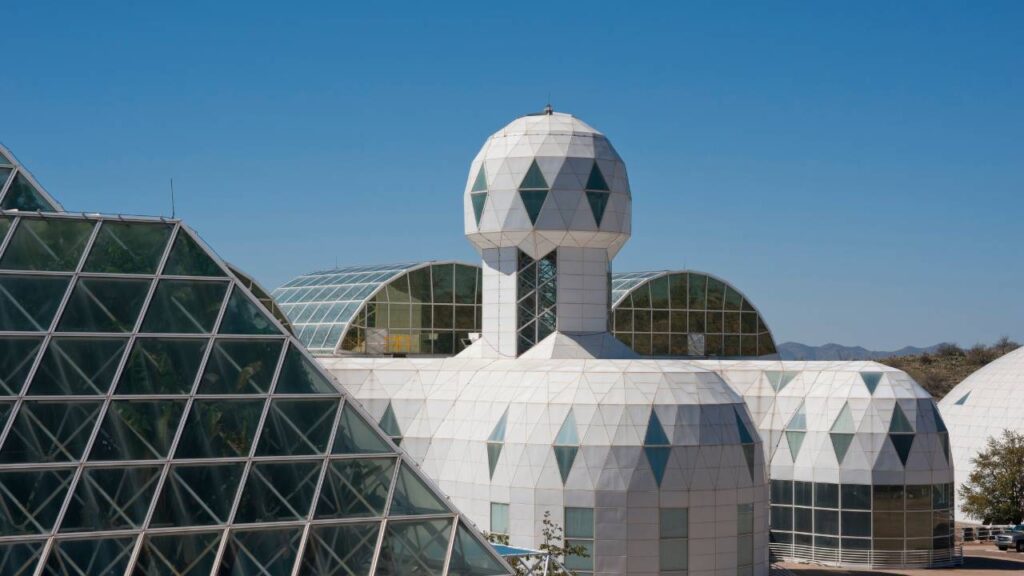
Today, the University of Arizona operates the facility, offering tours through rainforest domes, desert habitats, and ocean biomes. Visitors witness real-time climate experiments and how we might build sustainable habitats in space or adapt to Earth’s changing landscapes.
6. Canyon de Chelly – A Sacred Navajo Treasure
In the heart of the Navajo Nation, Canyon de Chelly tells stories carved into towering red walls and ancient ruins. Navajo families still farm the canyon floor, preserving a tradition stretching back centuries.
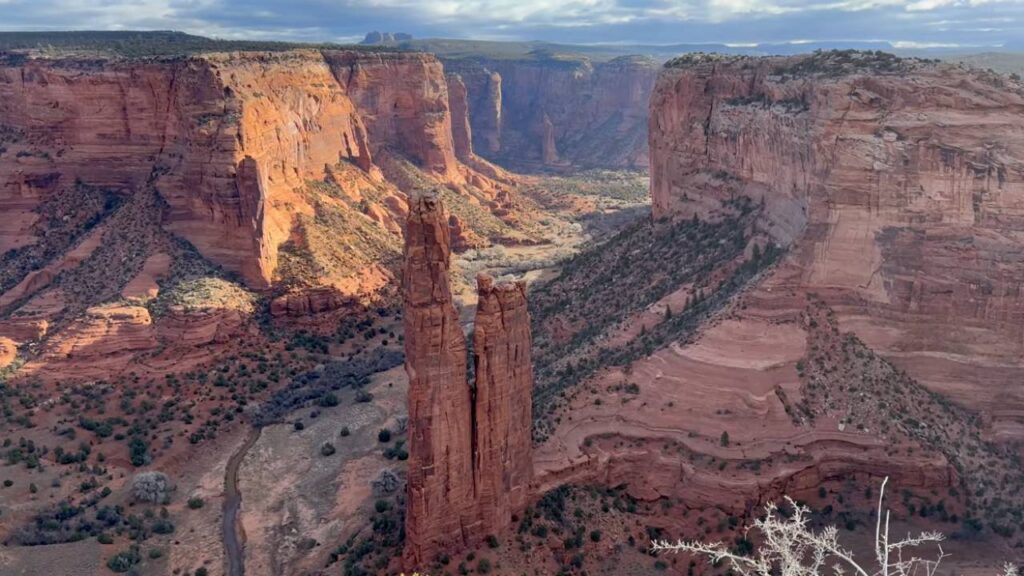
Guided tours led by authorized Navajo guides give guests rare access to sacred sites like Spider Rock and White House Ruin. The 1,000-foot canyon walls and deep cultural legacy create a powerful, immersive experience rooted in living history.
7. The Domes of Casa Grande – Arizona’s Modern Ruins
Drive just outside Casa Grande to find eerie, UFO-like domes built in 1982 for a tech company that vanished before completion. These concrete structures now echo with strange sounds and stand covered in graffiti, drawing urban and drone enthusiasts.
Locals whisper ghost stories and paranormal rumors, adding to the site’s intrigue. Though privately owned and occasionally restricted, the Domes remain one of Arizona’s most bizarre modern ruins.
8. Kartchner Caverns – A Living Cave Full of Wonders
In 1974, two amateur spelunkers stumbled upon Kartchner Caverns—a pristine cave system hidden beneath the desert. To protect its delicate formations, they kept it secret for years.
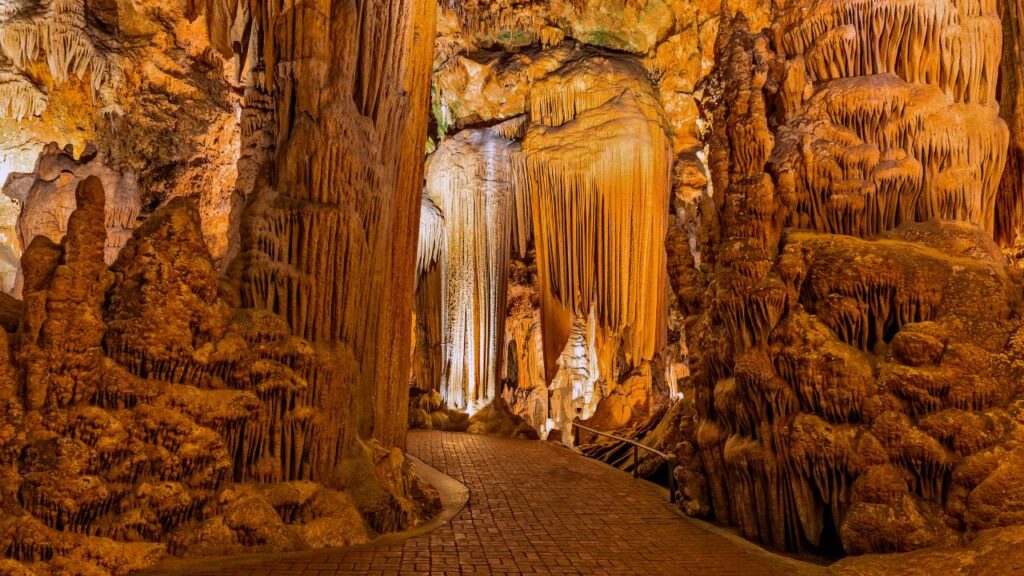
Now managed by Arizona State Parks, the caverns welcome visitors into climate-controlled tunnels filled with actively growing stalactites, soda straws, and flowstones. Guided tours, advanced lighting, and a Discovery Center elevate the experience, while hiking trails above ground add to the adventure.
9. Vortex Sites of Sedona – Spiritual Energy Centers
Sedona’s red rock landscapes aren’t just scenic—they pulse with energy, according to those who visit its vortex sites. People flock to places like Bell Rock, Cathedral Rock, and Boynton Canyon to meditate, seek healing, and connect with nature’s force.
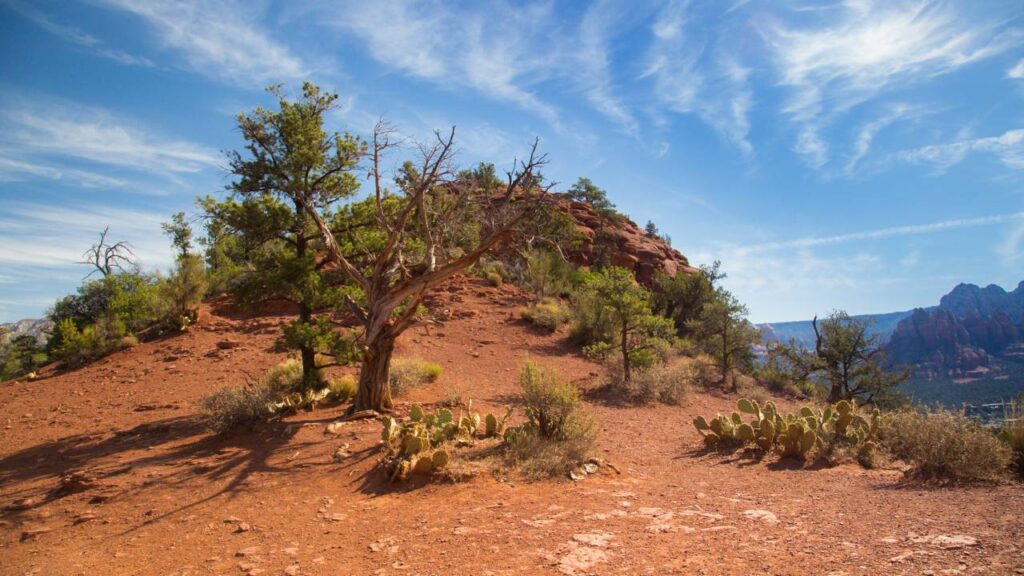
Whether you believe in earth energies or simply seek peace, these trails offer rejuvenation. The views alone invite reflection, and the atmosphere encourages mindfulness.
10. Apache Death Cave – A Dark Piece of Arizona Lore
Off old Route 66 in the ghost town of Two Guns, the Apache Death Cave holds chilling tales from the 1870s. Navajo warriors, seeking revenge, trapped and killed dozens of Apache hiding in the lava tubes by setting them ablaze.
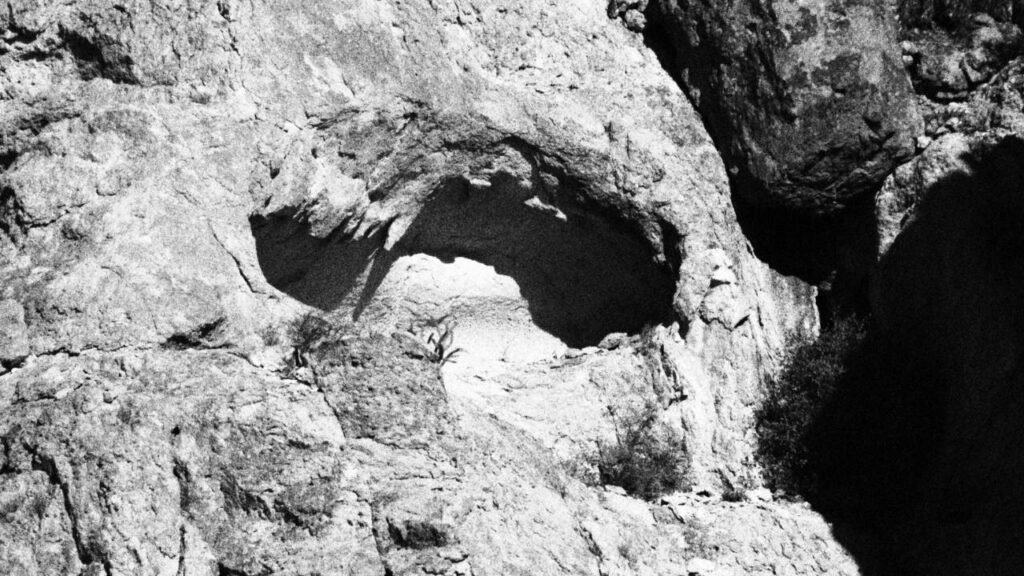
Today, brave visitors the remnants of the cave and surrounding ruins. The silence inside feels heavy, and many report strange sensations. With a backdrop of decaying buildings and haunted legends, the site delivers a haunting glimpse into Arizona’s violent frontier past.
Horseshoe Bend in Arizona: Location, Directions & Best Time to Visit
FAQs
1. What is Arcosanti, and why should I visit?
Arcosanti is a futuristic community located 70 miles north of Phoenix, designed by architect Paolo Soleri. It’s an experimental urban environment built to integrate architecture with ecology. Visitors can tour the eco-lodges, sustainable buildings, and participate in workshops on sustainability. The bronze bell foundry, which helps fund the community, is also a highlight.
2. What makes Tonto Natural Bridge so special?
Tonto Natural Bridge is the world’s largest travertine bridge, spanning 400 feet long and rising 183 feet high. Millions of years of water erosion formed this stunning geological feature. Visitors can hike into the gorge beneath the bridge, surrounded by lush vegetation and waterfalls, offering a refreshing contrast to Arizona’s desert landscape.
3. Where is the Wave Cave, and what is it like to visit?
Located in the Superstition Mountains, the Wave Cave is a natural rock formation that resembles an ocean wave. It requires a 3-mile round-trip hike with a steep final climb, but once inside, you’ll be treated to an awe-inspiring view of the sandstone formation. The cave’s unique shape makes it a popular spot for photographers, especially during golden hour.
4. What is Chiricahua National Monument, and what can I do there?
Chiricahua National Monument, near the Arizona-New Mexico border, features towering spires and balanced rock formations created by ancient volcanic eruptions. With over 17 miles of hiking trails, the park offers visitors the chance to surreal landscapes and observe diverse wildlife. The park is also rich in Apache cultural history, providing a unique combination of natural beauty and heritage.
5. What is the Biosphere 2, and why should I check it out?
The Biosphere 2, located just outside Oracle, is a self-contained environment built to simulate Earth’s ecosystems. Originally intended as an experiment to see if humans could survive in isolated habitats, it now offers tours of its rainforest, ocean, and desert biomes. The facility serves as a research center for climate change studies and sustainable living, making it a fascinating and educational visit.
6. What is Canyon de Chelly known for?
Canyon de Chelly is a sacred site in the Navajo Nation, famous for its dramatic red rock formations and ancient cliff dwellings. The canyon remains home to Navajo families who have lived there for centuries. Guided tours, often led by Navajo guides, provide rare access to sacred sites like Spider Rock and White House Ruin, offering a powerful insight into both history and culture.
7. What are the Domes of Casa Grande?
The Domes of Casa Grande are eerie, UFO-like concrete structures built in the 1980s by a tech company that was never completed. Today, they stand as mysterious ruins, covered in graffiti, and attract urban explorers. While privately owned, the Domes remain an intriguing site due to their unusual design and paranormal rumors that surround them.
8. What makes Kartchner Caverns unique?
Kartchner Caverns is a pristine underground cave system discovered in 1974. The caverns contain actively growing stalactites, soda straws, and flowstones, which are protected by climate-controlled conditions. Visitors can the caverns through guided tours, with educational exhibits in the Discovery Center. The caverns provide one of the most beautiful and well-preserved cave experiences in the U.S.
9. What are the Sedona Vortex Sites, and what is their significance?
The Sedona Vortex Sites, including Bell Rock, Cathedral Rock, and Boynton Canyon, are believed to be powerful centers of energy. Many people visit these sites for spiritual healing, meditation, and to connect with nature. Whether you believe in the spiritual energy or simply enjoy the scenic beauty, these locations offer a peaceful and rejuvenating experience.
10. What is the Apache Death Cave, and what’s the story behind it?
The Apache Death Cave, located near the ghost town of Two Guns along old Route 66, is a site with a dark history. In the 1870s, Navajo warriors trapped and killed a group of Apache in a lava tube by setting it on fire. Today, the cave remains a haunting reminder of Arizona’s violent frontier past. Visitors often report eerie sensations while exploring the cave and nearby ruins, adding to the legend.






